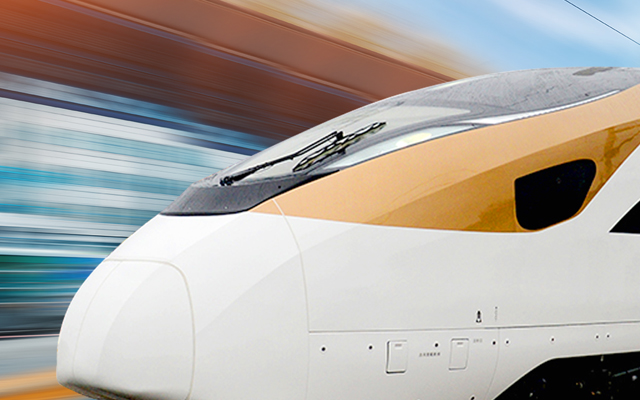

Related Products




















All rights reserved:Jilin Red Star Railway Vehicle Equipment Co.Ltd
吉ICP备14005990号 by:300.cn